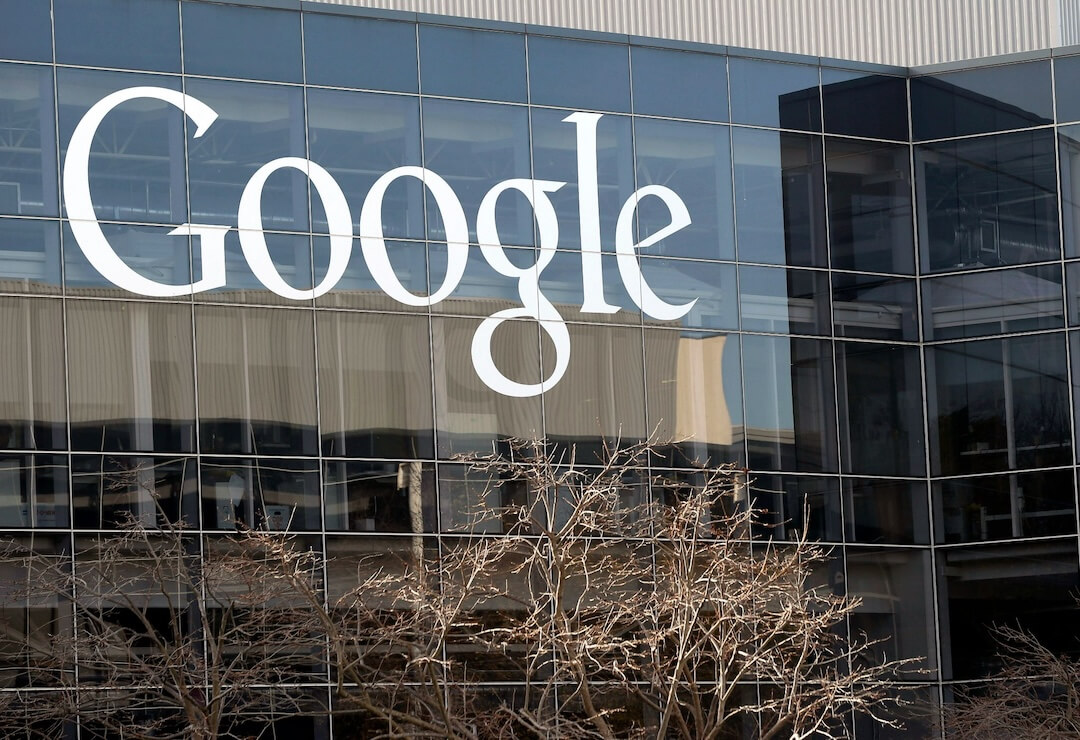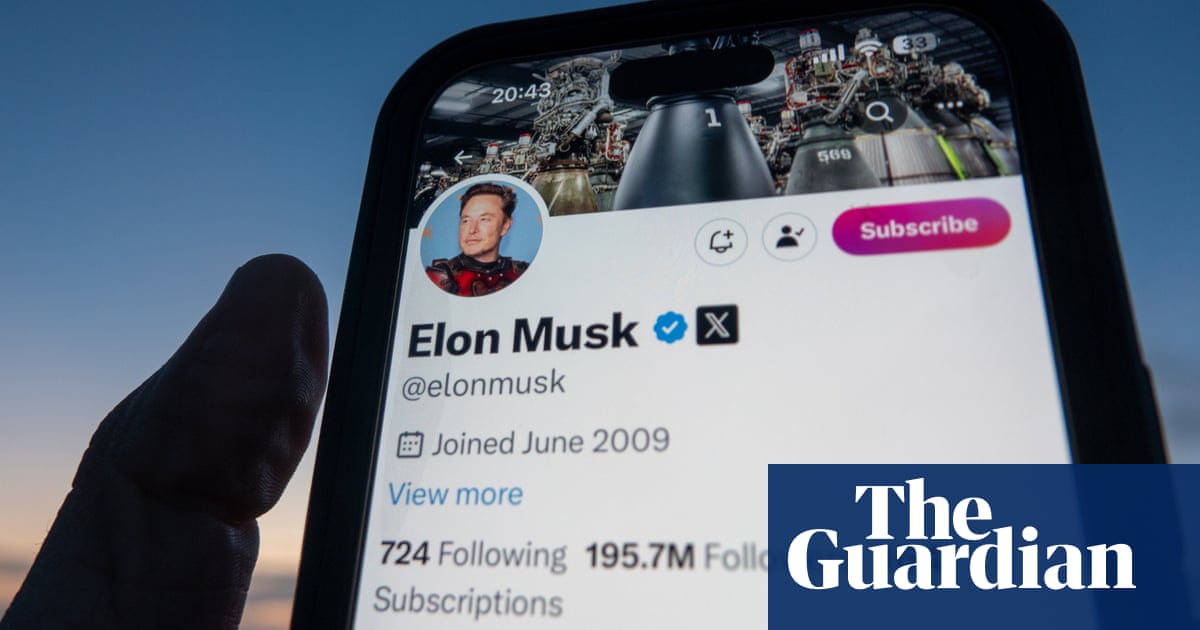- Digital Media Products, Strategy and Innovation by Kevin Anderson
- Posts
- Is journalism experiencing a market failure? If so, what do we do about it
Is journalism experiencing a market failure? If so, what do we do about it
Local success stories in the US - the Minnesota Star Tribune reboot and the Salt Lake Tribune

We are starting to see some green shoots of growth in the local news eco-system around the world, but in many places, local journalism is in crisis. At the News in the Digital Age conference by FT Strategies and the Google News Initiative, Styli Charalambous, Co-founder & CEO of South Africa’s Daily Maverick, asked whether the ongoing crisis is a “Kodak moment” or a market failure. Is the failure based on disruptive innovation in which new products and services will arise that are cheaper and better than what was before? Or are local journalism organisations facing a market failure?
Styli only had a few moments on a panel to outline his thoughts, but he wrote about the question and a solution for Media Makers Meet earlier this year. Ok, let’s break down the questions.
Is journalism simply facing a Kodak moment? Styli put it in terms of Joseph Schumpeter’s concept of creative destruction in which new technologies, processes and products render previous ones obsolete. Kodak’s film-based cameras have now been replaced by incredible digital cameras cum multimedia communication and commerce devices, the smartphone. (Interestingly, Kodak and its Japanese competitors were fundamentally in the chemical business. Fuji realised this and pivoted into providing chemicals for cosmetics and pharmaceuticals.)
For those of us who have been working in journalism innovation long enough, creative destruction or disruptive innovation is familiar to us. We studied Clay Christensen’s disruption theory and watched as those theories were applied to media specifically by David Skok and Clark Gilbert. Clark not only theorised about responses but created the dual transformation framework that he used to reposition the Deseret News.
Some journalism companies pivoted like this, particularly Schibsted, which saw what happened with Craig’s List and classified advertising in the US and launched digital marketplaces. But leads to its own issues, and Schibsted split the digital marketplace business off from its journalism assets in 2023.
I digress slightly. If the crisis in journalism is creative destruction in which something better arises from the ashes. Styli put it this way:
If it’s a plain vanilla disruption of the Kodak kind, we will see new products and services fill the void of journalism, and society will be better off. Societies and democracies shouldn’t decay, migrating from the news equivalent of camera film to digital.
I think we are seeing new products and services, with newsletters being one, either as an MVP or a sustainable business. However, at the moment, there is no way to make an argument these models have scaled to replace the destruction of so much local and hyperlocal media in the past 15 years.
The argument that local media is experiencing a market failure
However, successful responses to disruptive innovation or creative destruction have been the exceptions, not the rule, especially at the local level. As I have written before, the market conditions, particularly around advertising, have changed dramatically over the last 50 years. Media and advertising have both been nationalised, which has been one of the factors that has led to the “winner takes most” dynamic that is playing out.
Market failures result in an ‘inefficient distribution of goods’, and they happen for a few reasons. Most relevant in terms of local journalism are issues of market control - namely the dominance of digital platforms such as Google and Facebook in the advertising market - and issues related to public goods. Styli focuses on the public good argument but in terms of the market failure concerning journalism, the market control argument is also relevant. Public goods such as education and roads aren’t governed by the same rules of supply and demand as other goods.
However, usually, public goods are seen as goods that the private sector won’t produce due to the lack of returns. News is still quite a lucrative business but not necessarily at the local or hyperlocal level. The Google News Initiative, FT Strategies and INMA researched the issues that contribute to sustainable news organisations, and they found that big news organisations are getting bigger. Smaller, local and hyperlocal news organisations are struggling.
It is consistent with the “winner takes most” dynamic that the Reuters Institute has identified in their last few Digital News Reports. However, the challenges aren’t simply about scale. Those local publishers most dependent on print were the least prepared for the future.
For large private and public news organisations like the New York Times, they can approach the challenge as a Kodak moment. They have the resources and more importantly, the scale, to invest in the R&D and products to respond to challenges with disruptive or discontinuous innovation. However, for the smaller local and hyperlocal news organisations, Styli believes that the challenge they face is one of market failure, and he says that whatever challenges news organisations face in North America and Western Europe, news organisations in Africa face seven times the challenge. To meet this challenge, he sees two responses - philanthropy and policy. He gave an example of how the venture capital industry in South Africa was given special tax rules to stimulate investment.
We have to solve the market context problem. Who are the stakeholders? And what behaviours do we need to change? Zero VAT or zero rates to support public interest journalism? Tax rebates for subscriptions?
He pointed to efforts in the US. California recently reached a settlement with Google which will provide five years of support for news organisations and set up an AI Accelerator. The settlement has met mixed views (full story also the first link below from Poynter), with some critics saying it is bad for journalism and democracy. As Steven Waldman, the founder of Rebuild Local News said in the piece on Poynter, the legislation in states including California, Illinois, New Jersey, New York and Washington treats news as a public good, echoing Styli’s market failure view of the issue. “A movement has been growing that treats local news as a “civic good,” essential to the healthy functioning of a community,” he wrote.
I have to agree with one of Steven’s criticisms of some of the new legislation. California’s law excludes public media, which having worked in US public media is a mistake. But I’m not surprised, there has long been a newspaper versus broadcast mentality in the US which ignores a lot of the public interest reporting done by public media. Moreover, non-profit news organisations do not have representation on the board that will govern the programme in California. Legislation in New York excludes funding for non-profits all together as well as “digital only” community news sites. What century are we in?
Ken Doctor was more positive, and he brought an important perspective to this discussion. Not only has Ken written the Newsonomics column for Nieman Lab for years, but he is also the CEO and co-founder of local news start-up Lookout Santa Cruz. He outlined some important questions that policymakers grappled with in developing the legislation. “Who’s a journalist? Which publishers should get priority; should small outfits get more? Should Alden, Gannett, and McClatchy (large legacy chains get any money at all? How do you make sure the government doesn’t pick winners and losers? Should the platforms be forced to pay for their impact on news fortunes?”
But Ken says it is a win. Money will flow to journalists, although he cedes text-based journalists rather than broadcasters. The California plan has some excellent outcomes. Of the settlement, 12% has been reserved for smaller outlets, those with five or fewer journalists. Plus, while the Canadian journalism legislation provided more money for outlets, it also had a horrible unintended consequence when Facebook and Google stopped linking to journalism outlets. “That’s contributed, by one estimate, to a loss of “news engagement” of 58% by local news outlets and 24% for national ones,” Ken said. It was disastrous for local, independent and underserved audiences. Ken estimates tax credits in California’s plan “could amount to 15 to 20% of our expense budgets”. That is not trivial.
I’ve been following the policy debates out of the corner of my eye, but Styli’s comments and analysis and what I have read have led me to understand the importance of a policy response to the crisis in local journalism. I’ll be keeping a closer on this.
An interesting look at the ‘reboot’ of the newspaper that until recently was known as the Minneapolis Star-Tribune. Their new strategy has them focusing on the state rather than just the Twin Cities. While they will be focusing on a larger geography, they will be narrowing their coverage to focus on things that they think are distinctive to the state.
Disclosure: Pugpig, where I work, built the new app for the Minnesota Star-Tribune.
Speaking of success stories, the Salt Lake Tribune is building on its shift to a non-profit. Non-profits have a different and wider range of internal and external stakeholders (including their own staff), and this Nieman Lab report talks about a “refreshingly readable and transparent” annual report they have just published.
Last week at the News in the Digital Age conference, the point was made that generative AI models can’t use AI-generated content to continue to refine their models. After a few generations, the models collapse or are poisoned. Big Think explains the issue. I think it points why OpenAI and other major players are keen to strike deals with content creators. They need a continuous source of new, human-created material.
Google’s Search Generative Experience is being rolled out, and I noticed the AI summaries appear in many of the questions that I asked Google. One thing I noticed positively was how Google was linking to the sources that informed the summaries. That’s a good result. Street Fight highlights how local publishers how local businesses and publishers can take advantage of “AI Overviews” and the new Core Update for August. As I keep telling clients with our Consulting practice at Pugpig, Google is rewading “high-quality, useful content while penalizing content designed solely for SEO purposes”. Don’t try to game SEO. Focus on original reporting and high-quality content. Google is aligned with good journalism and good product practices.
And at the other end of the high-quality internet sits Elon Musk’s dumpster file ExTwitter. It shows how ideology can destroy long-term value creation.






